When traveling from Phnom Penh to here, paddy fields are everywhere. It stretches and stretch farther more than the eye can see. You'd think that it makes for a monotonous view but it does not.
The roads are clear, there are not that many cars and vans and lorries. There are lots of motorcyclists however, though I'm pretty those are just villagers moving about in between their respective village.
The roads are clear, there are not that many cars and vans and lorries. There are lots of motorcyclists however, though I'm pretty those are just villagers moving about in between their respective village.
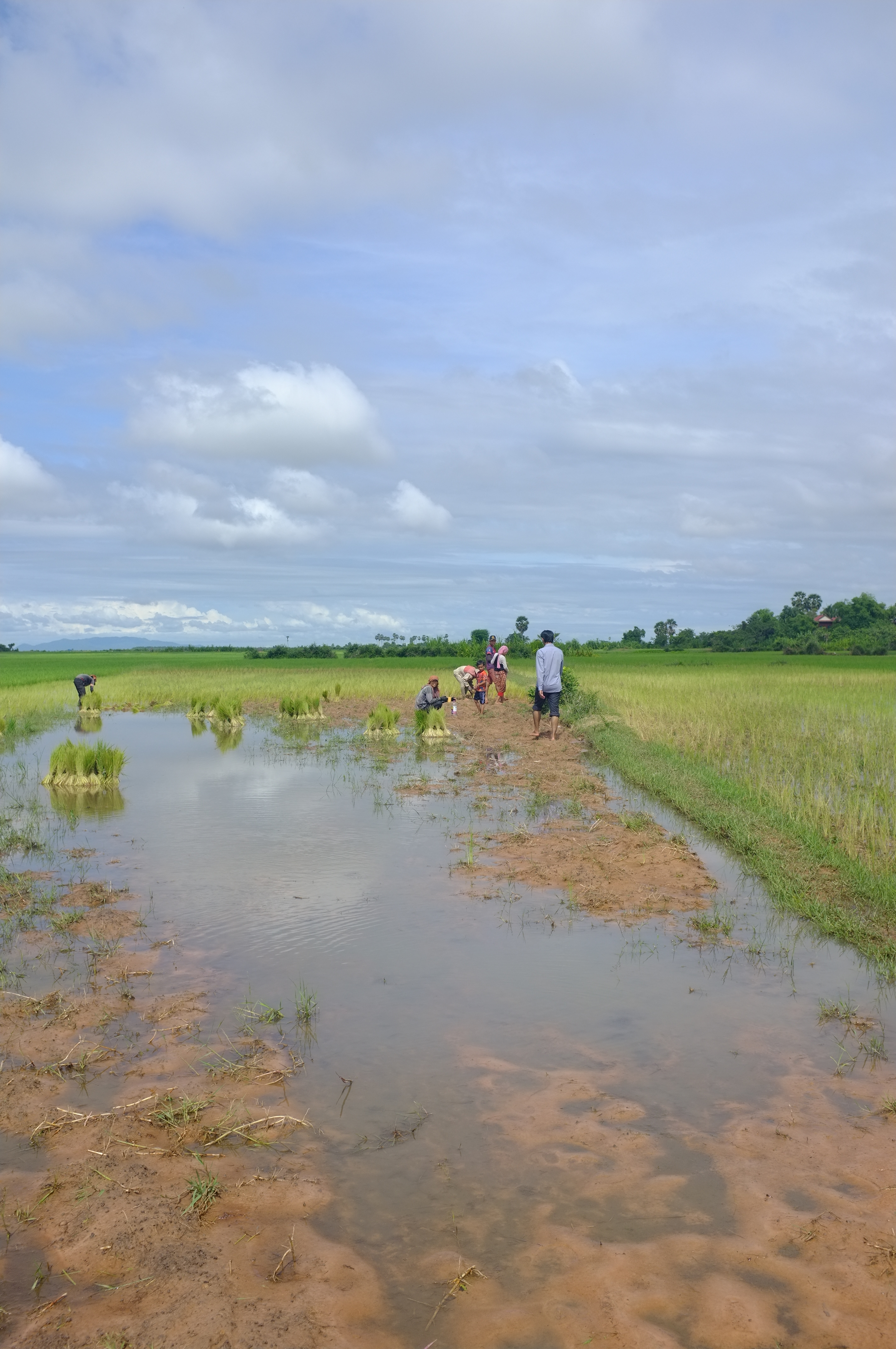
One thing of note here is that for the villagers, the harvested paddies are not for sale. You'd think they would sell it to earn money but no they'd rather choose to keep them as a source of food.
"Our rice tastes a lot better too than those sold on the market", says a farmer.
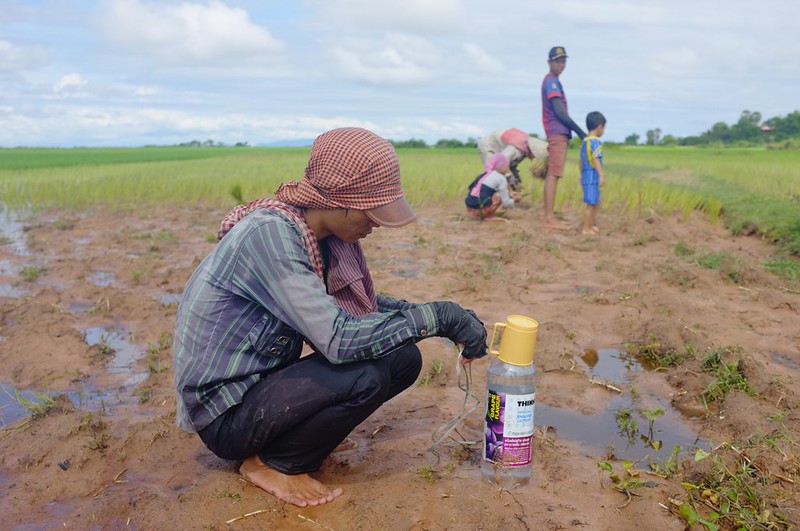
Working on the paddy field is very tiring, and the act of bending forward when planting those paddy seedlings are not good for the back. Many people will complain of back pain later on.
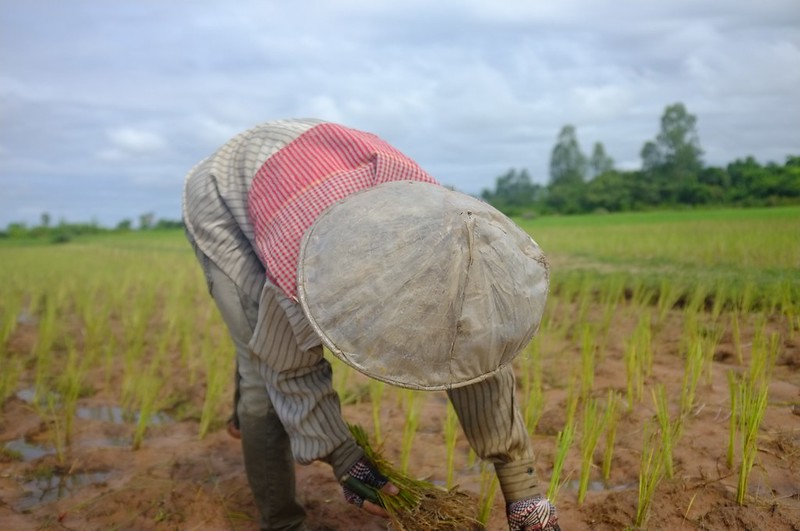
This young man is busy planting rice paddies. Imagine bending like this a few hundred times per day. There are people doing this for decades of their life.
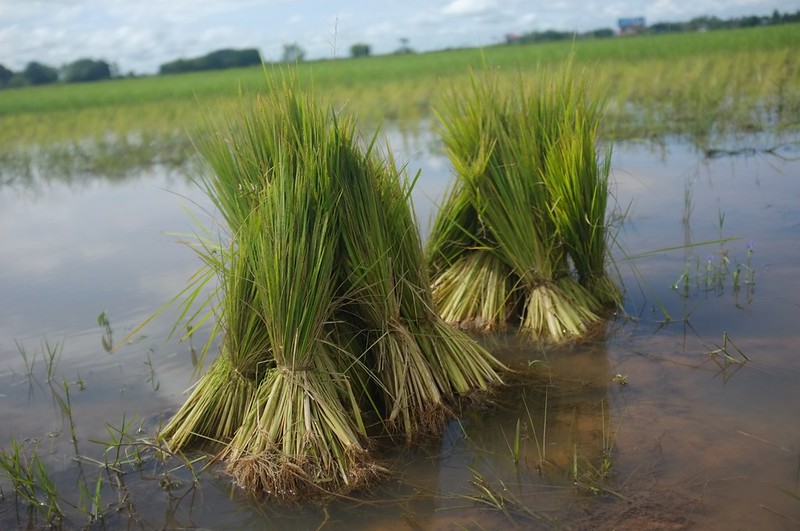
It will normally take 4 months for the paddy to be mature enough for harvesting.
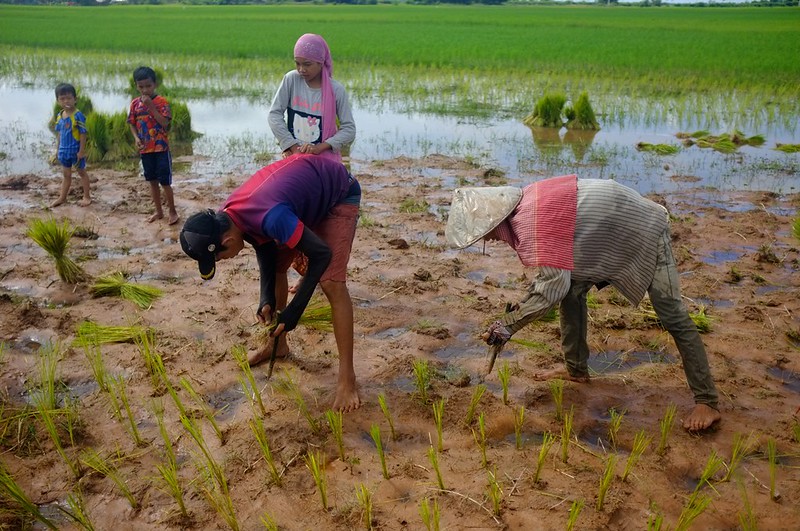
These boys and gals must be under 15 years old. Even the young ones came all the way here to help.
Preparing the paddy field for planting is an interesting process in and out of itself. All the terrains must be levelled, and a good network of pipelines and water channels are needed so each paddy receives equal nourishment.
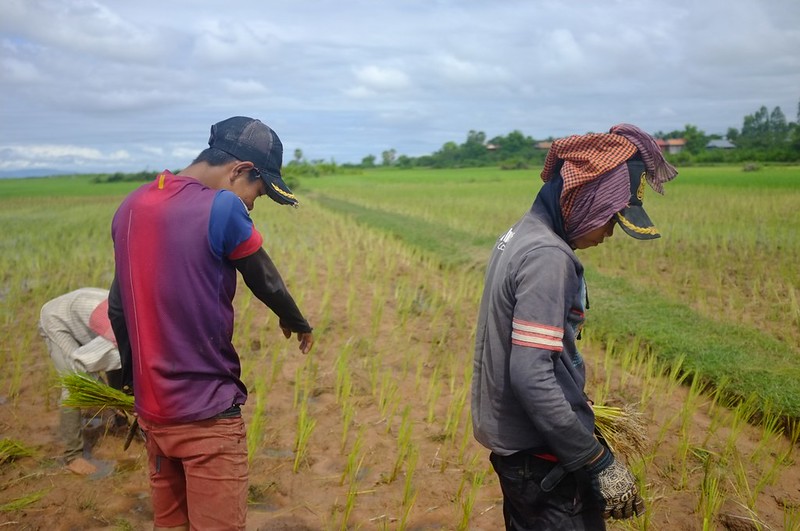
In Malaysia, due to our modern infrastructure, farmers can harvest paddy about 5 times every 2 years. However in here they can only harvest once annually. During the dry season where they can't farm the farmers usually look for another line of work to feed their family.
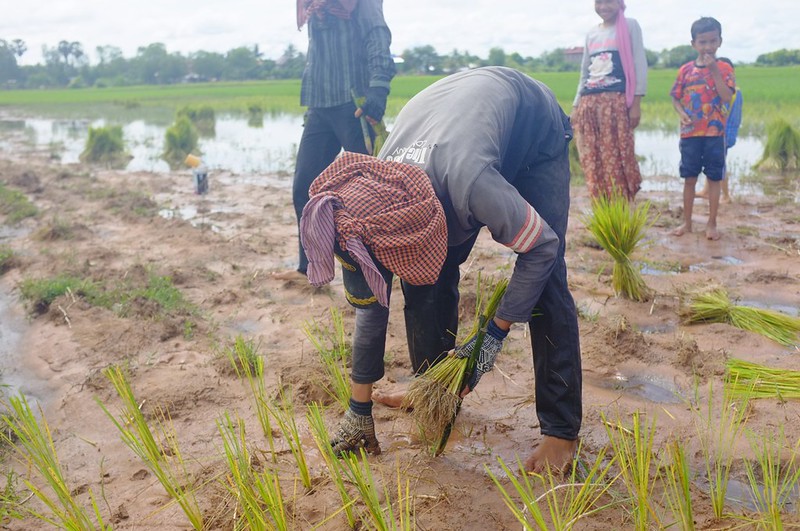
Taking pictures at the paddy field, and also taking pictures of those planting them might look nice and all but actually working here on the field under the scorching sun is anything but.
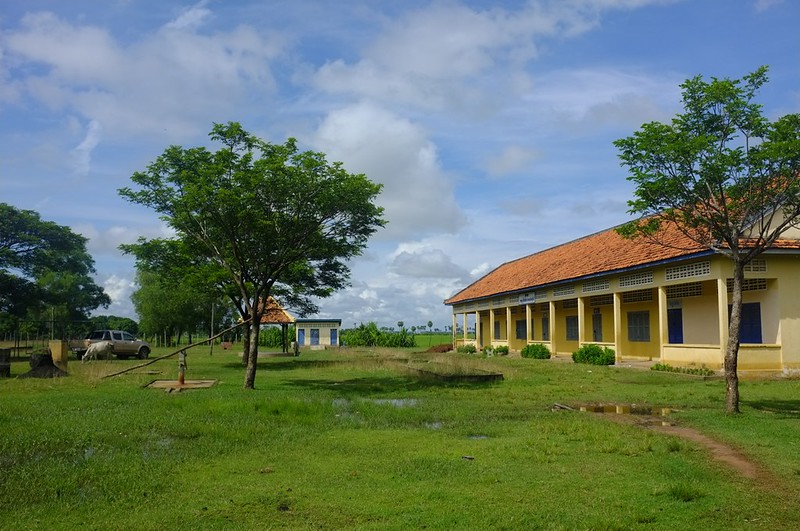
This is the public school of the village. It is very near to the rice paddy field.
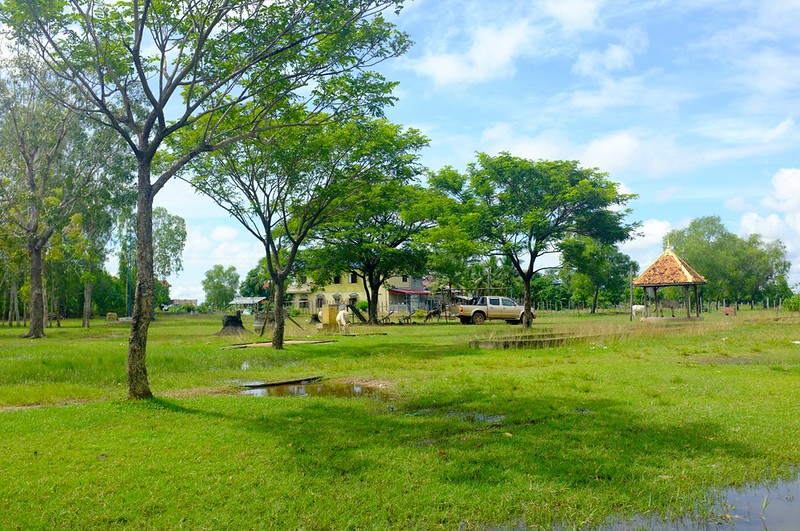
It doesn't look very lively.
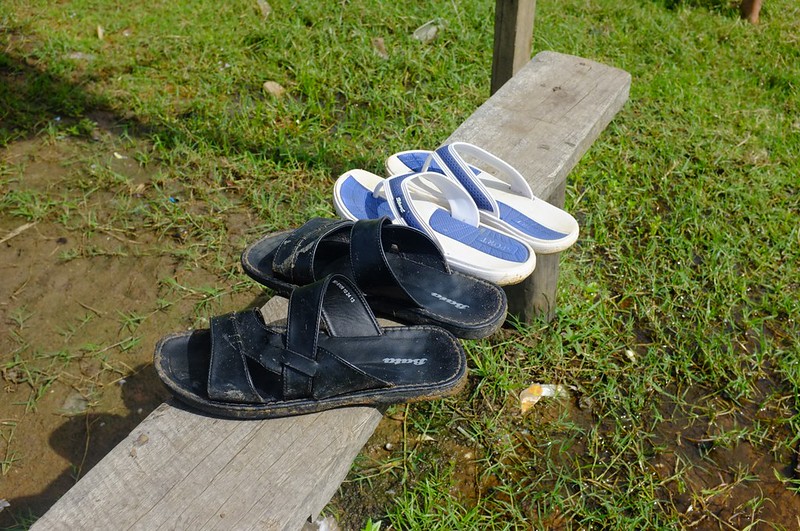
Me and Ershad went back to the motorcycle we wash our feet at a nearby villager's house.
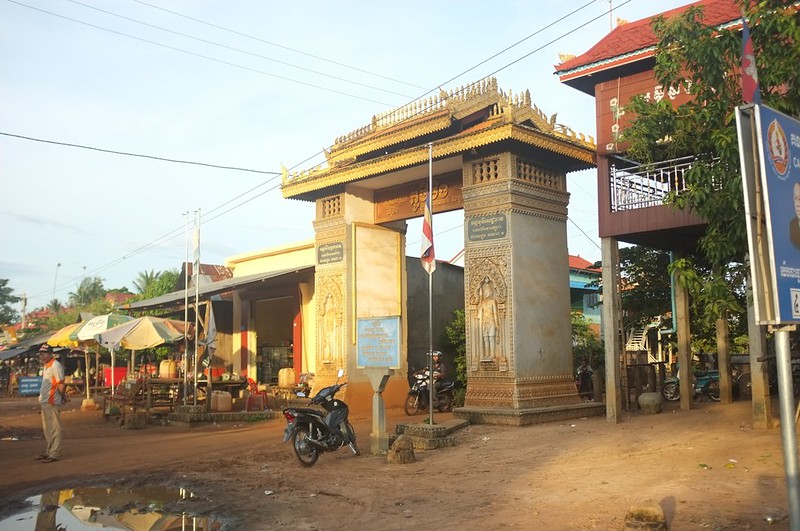
The village of Tropeungchuk has more than 600 families living in it. Here is the village's main gate. The government built it which is why the gate has a Buddhist motive.

A modest looking morning market. Vegetables, pineapples, coconuts, shirts, jeans, dishware etc are sold here. I didn't shop here, just Ershad telling me the details. I slept at his elder brother's house for the night.
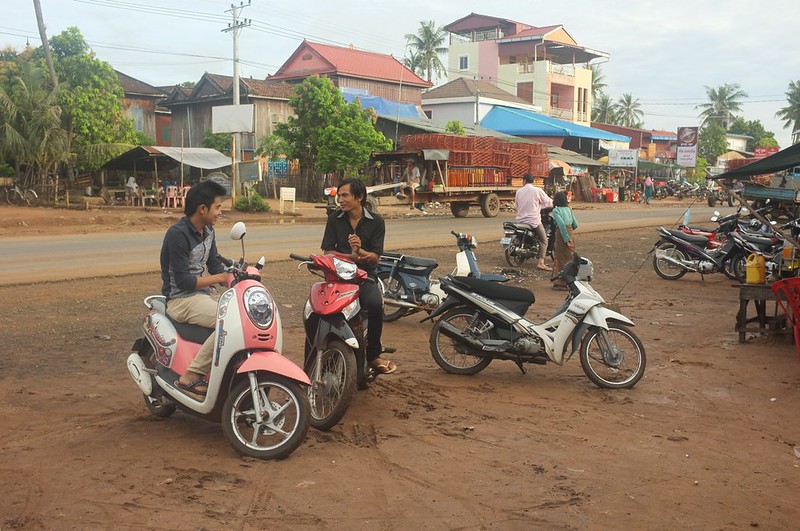
Over the main road, opposite the market is a modest looking food stall. Most of the Khmer's are Buddhist, so there are not that many halal restaurants. Thankfully we have one here.

It looks just like what I had imagined. Antique, rugged, busy and full of middle aged man sharing stories whilst drinking tea. The tea here is bitter, they don't put sugar at all. At first I thought the reason was that sugar here costs an arm and leg, but no - it is just their personal preferences.
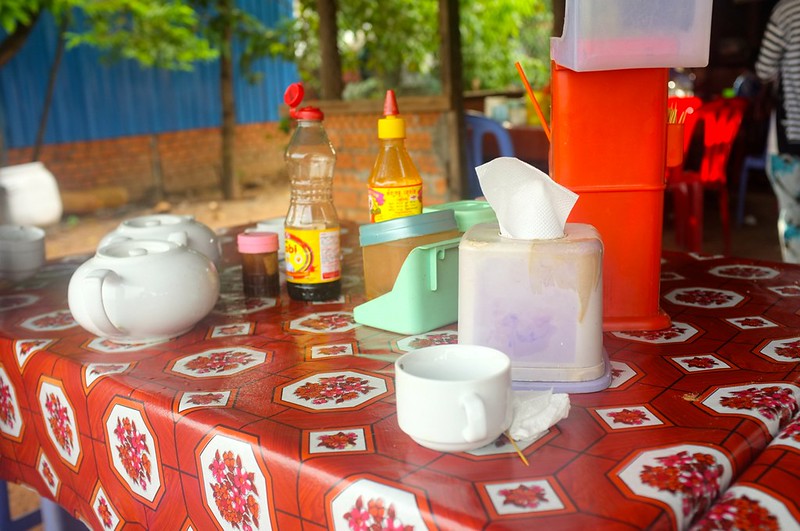
"Tea in Malaysia is too sweet oh Malay", said a man in his 30's who used to work in Malaysia as a construction worker to me.
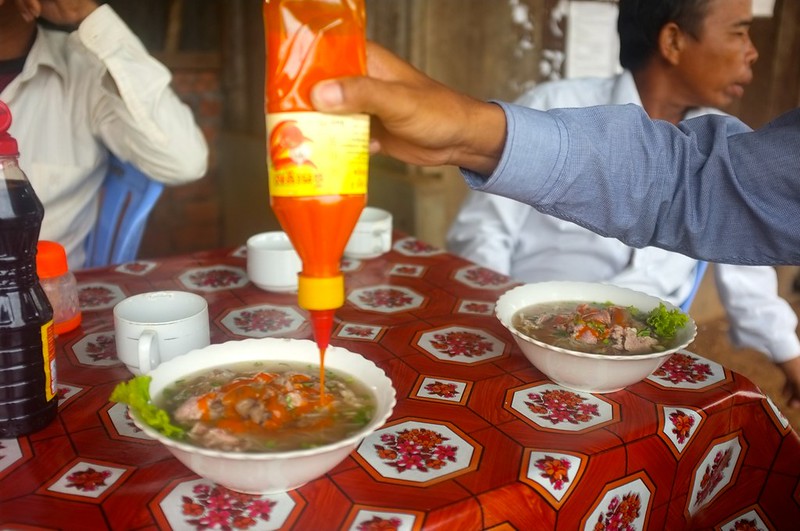
Of course like always I had a bowl of Kuew Teow Soup. The one here is not as good as the bowls I had in Phnom Penh. But the price here is twice as cheaper. Here it is 1.50 USD a bowl.
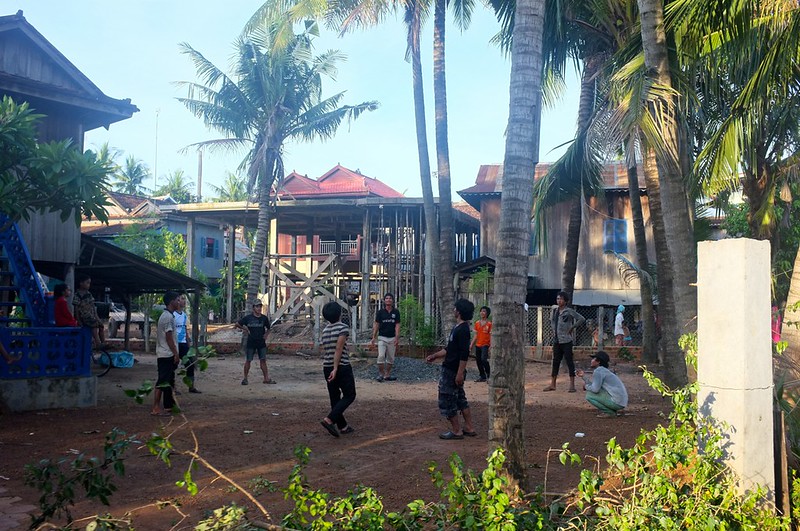
There are not many kids walking around in the morning or noon since they are at school. During the evening, it seems that the sport of choice here is playing shuttlecock. I believe this sport is called featherball in English speaking countries and Jianzi in Chinese.

To describe the village, one would think that we had been transported back in time 30-40 years ago. It is not exactly the most hygenic place on earth. Most people here are living in destitute. There are not many who chose to further their studies, many prefer to straight up working after they finish highschool, if they finish highschool that is. This is a mentality that thankfully has disappeared among us in Malaysia.
But like I said, here it is like living in the 60s or the 70s.
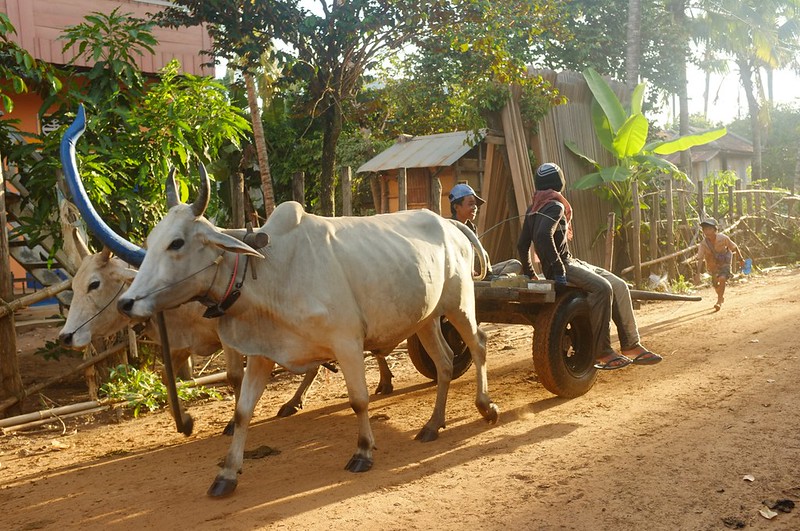
Many Malaysians prefer to do their korban here for many reasons. One - to help the poor and believe me they are poor, two - the price is much cheaper and three - many Cambodians are trustworthy enough for them to trust their money with.
But you know looking at the size of the livestocks, I can understand why the price is cheaper. They are not as large and heavy as those in Malaysia. My good friend Hanif (whose family has a farm, I wrote about it here), said that cows are priced according to their weight and types.
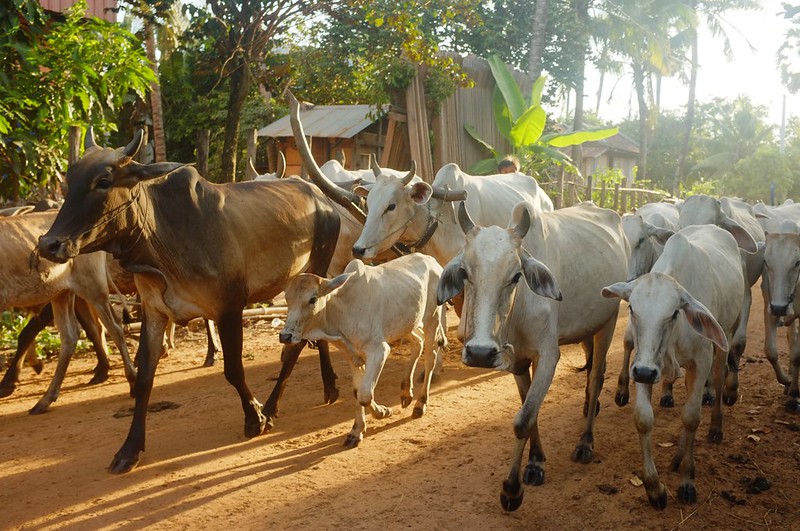
Still, helping those in need is a noble cause.
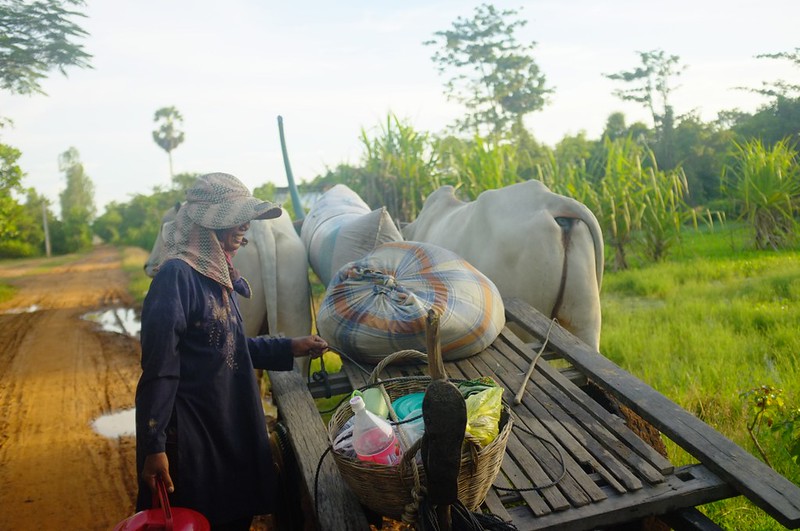
And I think many wouldn't mind paying a couple of Rials more to them. Raising and keeping livestocks is not an easy job.
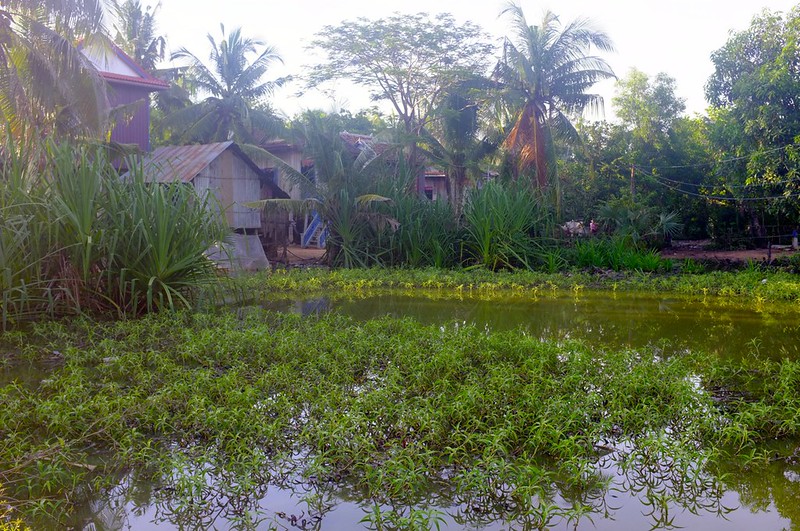
Moving on.
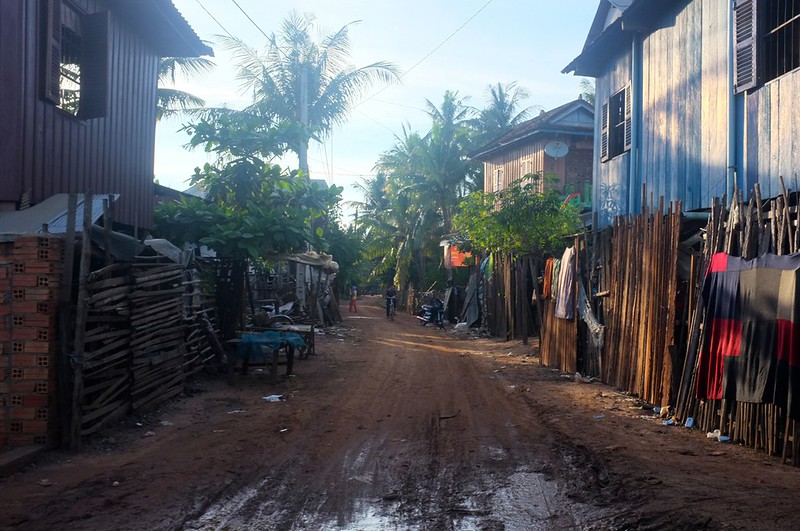
It was raining a few days ago so some parts of the road are still muddy.
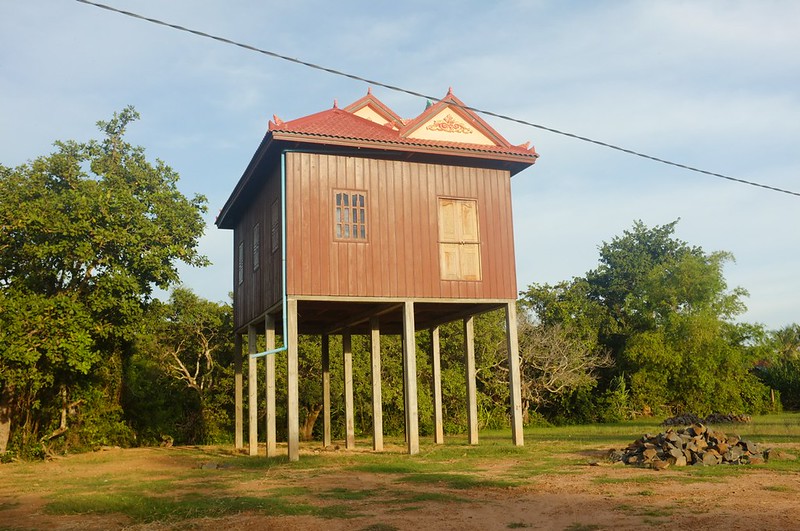
To escape poverty, many people chose to work abroad. Thailand, Malaysia, Singapore and even South Korea are their countries of choice. This house-in-progress belongs to a man who's working in Korea. Out of all the countries I listed, South Korea has the highest paying job, but getting there is very very hard.
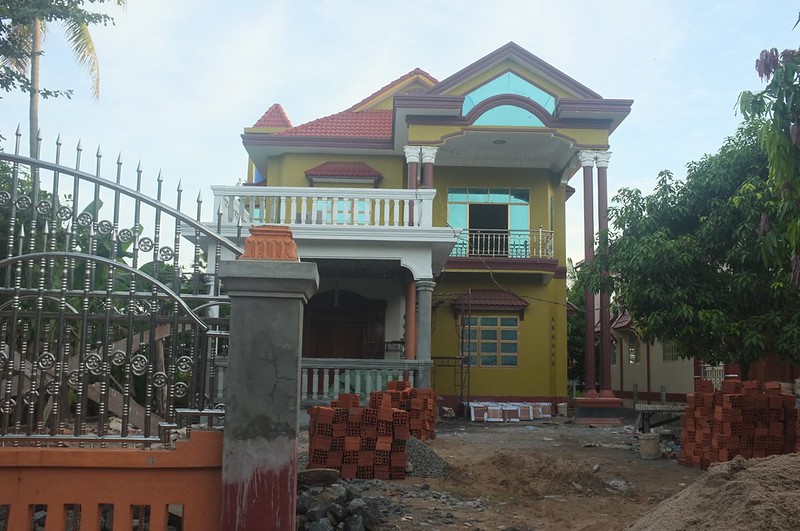
This is the house of the richest man in the village. He is a contractor, he formerly works in Malaysia for 15 years, saved up enough money and opened up a business here. Success does not come easily. His profession when he was in Malaysia wasn't glamorous nor high paying - he works in factories, the one where we often look down into.
Look at how far he has come.
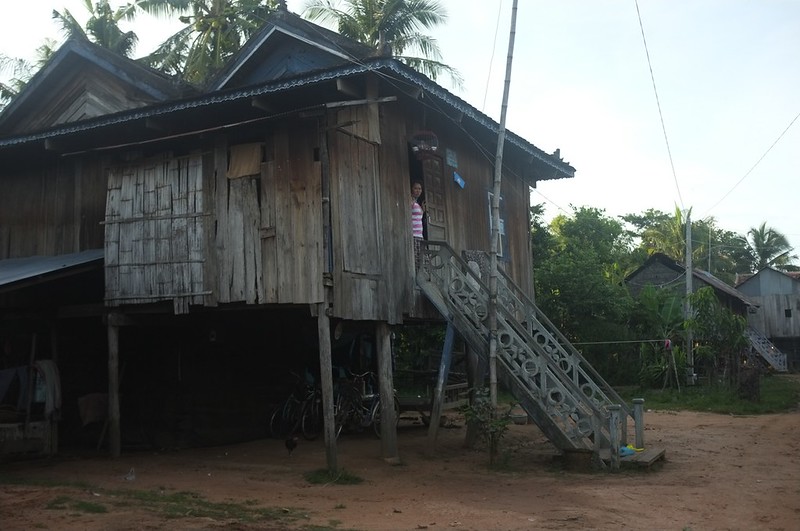
For the others, this is what most of their houses look like. Such contrast isn't it?
I can see why these people work hard day and night in our country. An opportunity to work in Malaysia is life changing figuratively and literally.
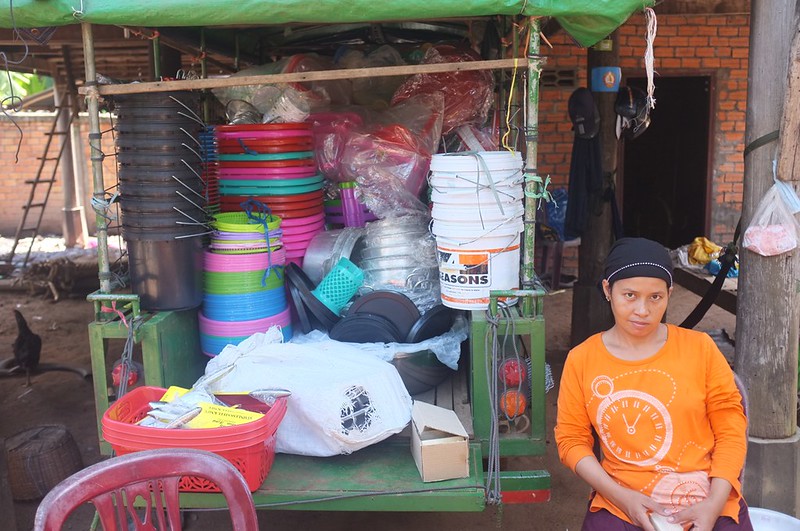
This lady used to work in Malaysia for several years. She's now married and has 2 kids. She and her husband, whom is Ershad's step brother opened up a hardware stall for a living.
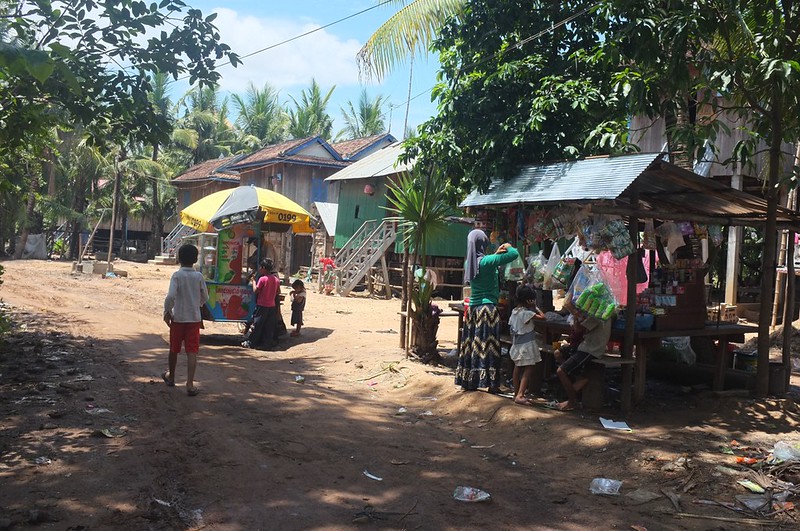
In this village, everybody knows everybody so it makes the stroll along the village quite fun. Ershad explaining how many children the seller has, whose daughter is the one buying the candy, how many sisters and brothers the person in red short has.
This village has an intimate mood which I like.
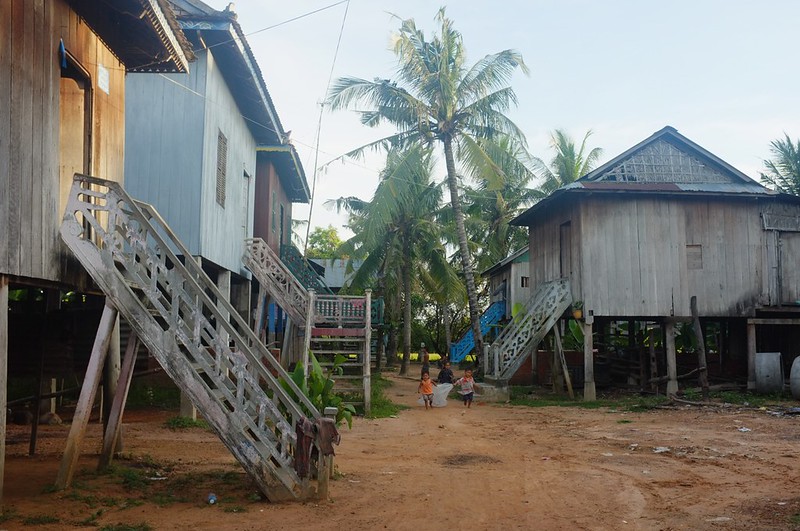
So of course with that being said, everyone in the village knows who Ershad is. In a village where many choose to work and not study, Ershad is like a diamond in the rough. When he was young he migrated and studied in Kedah. Later on, he was offered by the Mufti of Cambodia to further his study in Syria.
But as fate would have it, with the unrest in Syria, plans changed and one way or another he managed to enter a university in Jordan.
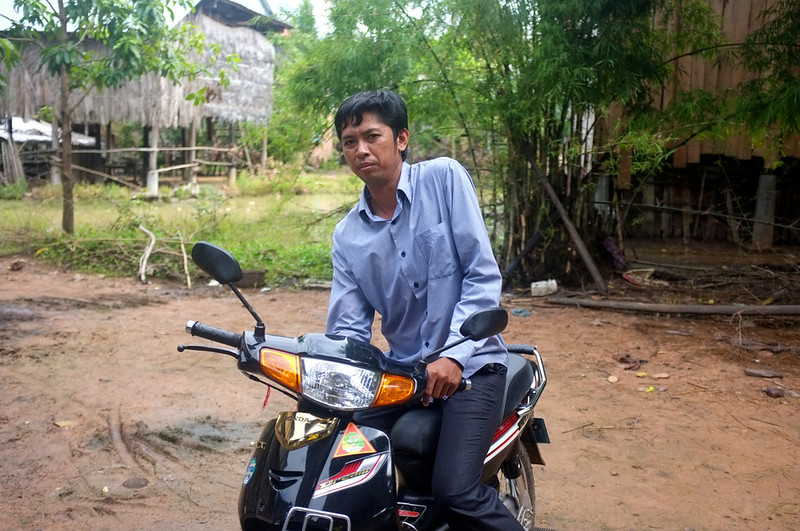
His dream - to teach the villagers here the ways of Islam. He knows that life won't be easy for him especially monetarily, but he doesn't care. That is his resolve.
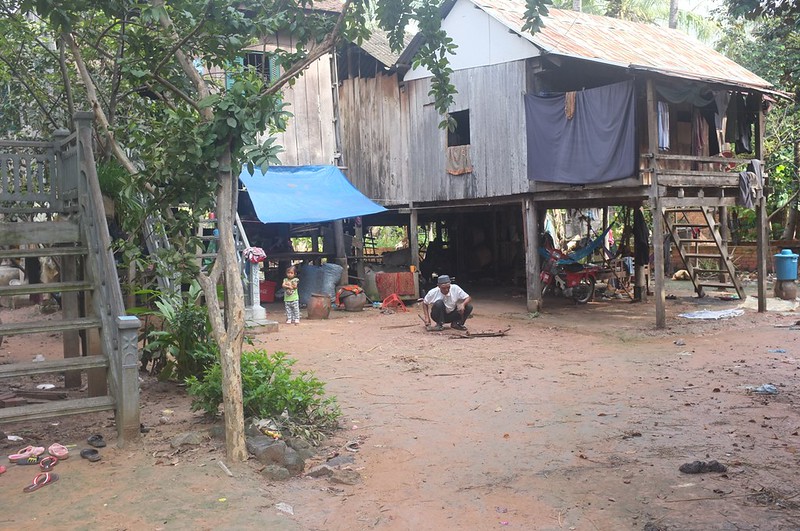
Speaking of Ershad, his younger brother wants to get married. The brother is about the same age as me.
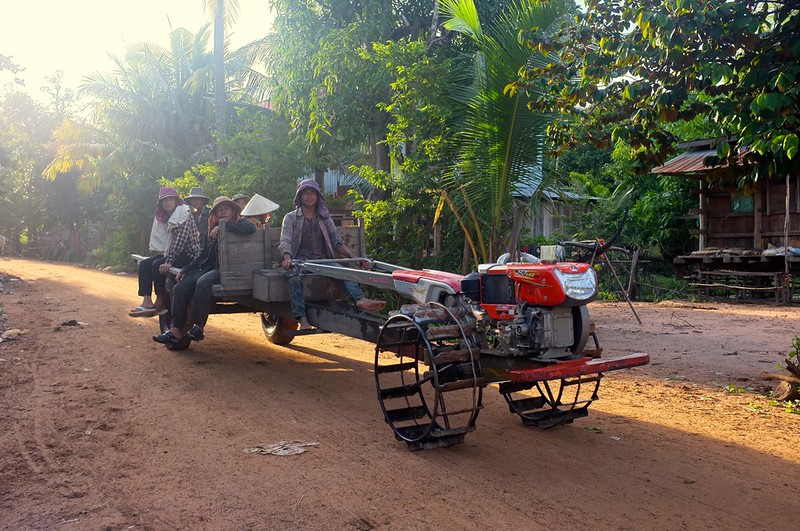
In Cambodia and I think this holds true for many poor third world countries, cousin marriage is very common. Like Ershad's family, his elder brother is married to his uncle's daughter where the uncle is also married to Ershad's other cousin's aunt.
It is all very confusing and I just gave up when he tries to mention the blood relationship of his family.
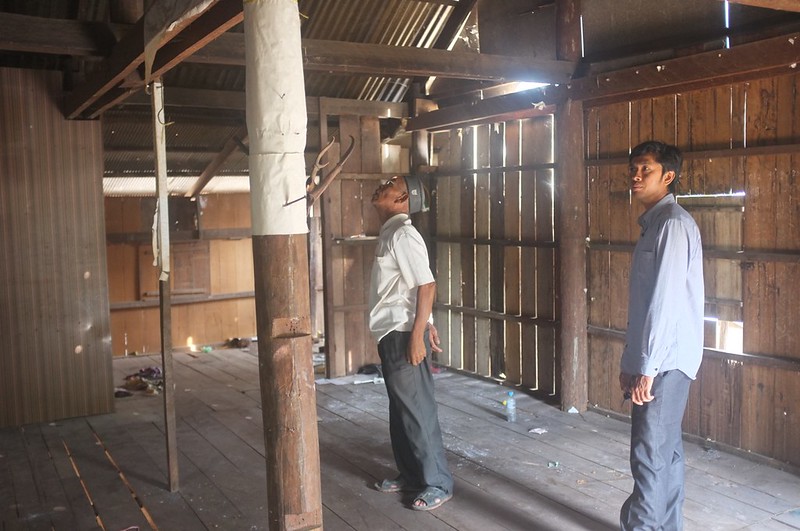
His younger brother however wants to marry a woman outside this consanguineous circle meaning one which has no close blood relation to him. However to marry someone here you'll need a house to live in - something that he unfortunately lacks. And to buy a house you'll need money, so again which he lacks in.
There's a man in the village who wants to sell his house, priced at RM4000 after conversion. This is what the house looks like on the inside.
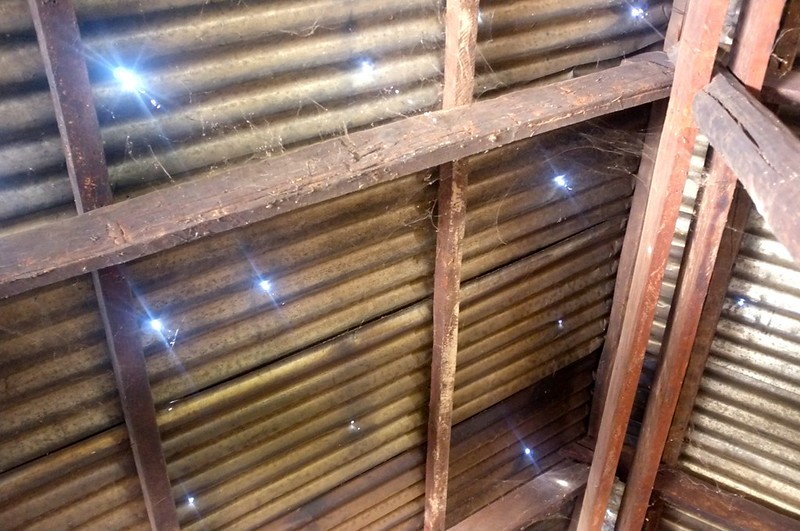
Holes everywhere on the roof.
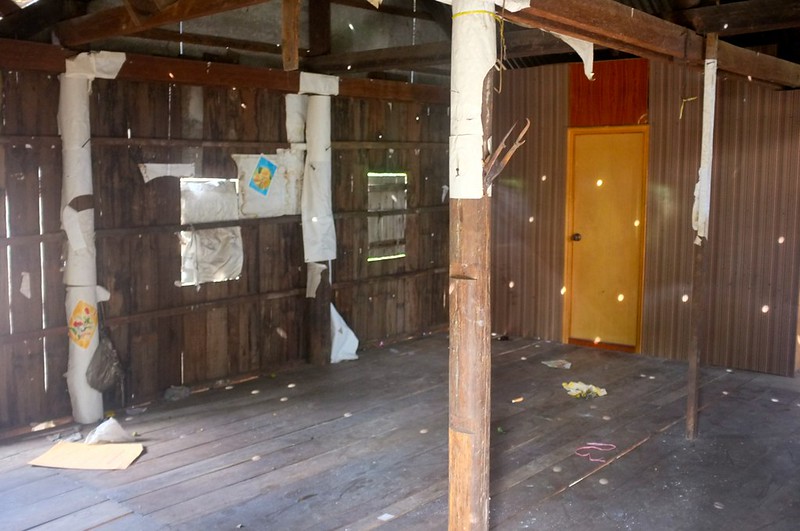
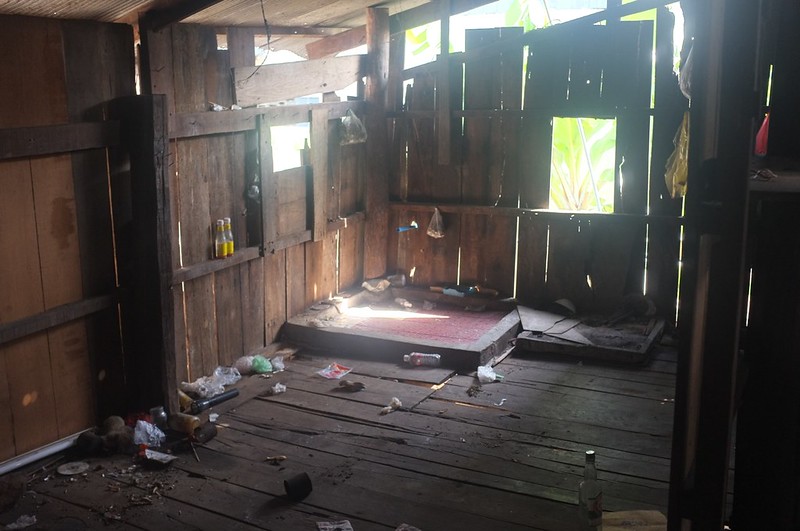
Not exactly in the best condition but if I am in their shoes I'll take what I can get. Construction materials here are very expensive. They can fill up those holes later.
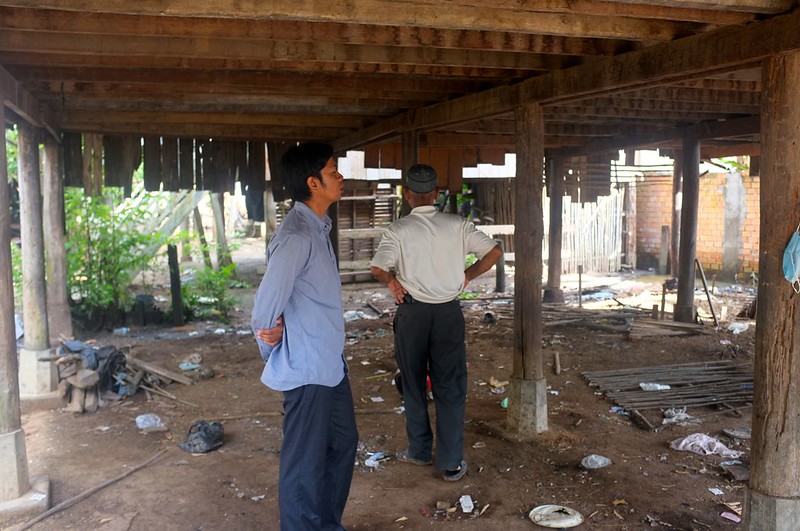
Since this house is built atop another person's land, should Ershad choose to buy this house he needs to disassemble the house, transfer it to another land and then rebuild it. Normally this process would take a month.

This is the woman's house, as you can see she comes from a very poor family. So poor that inside the house there are 3 families living in it - his parents and his 2 brother's family. Though married, the 2 brothers are still living here because they can't afford to buy a new one. Should Ershad's brother marry this woman without a house, there would be 4 families in this.
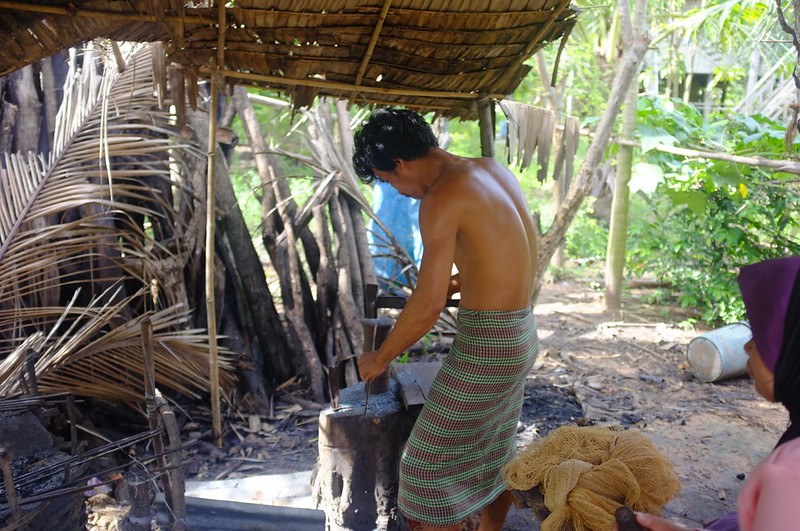
One of the brother make a living by mending irons. In fact, many people in this village seem to do that.
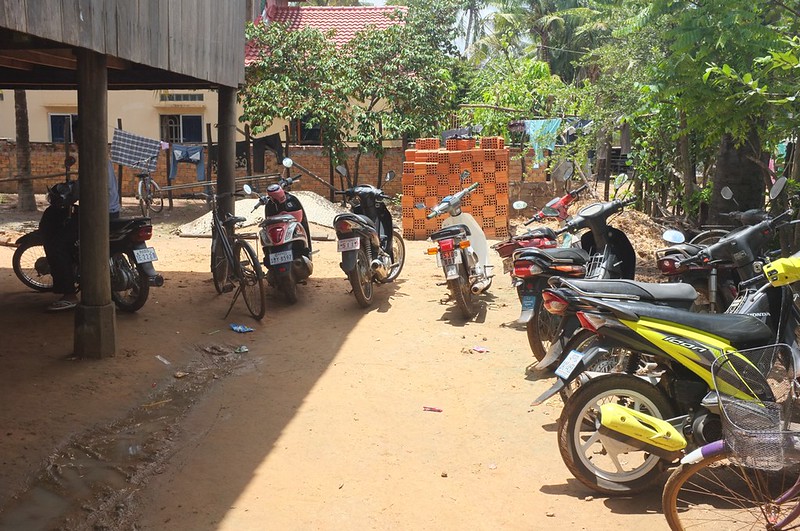
On the other side of the village, there's a feast going on and we were invited. Ariffin's family is the one who is holding this feast. As a refresher, I first met Ariffin on the cruise along the Mekong River 2 days ago in Phnom Penh.
Looks like arrived late. I was told that we were having roasted beef as the main menu.

And yes roasted beef it is! I asked Ariffin if there is an event like marriage or something for the feast. He briefly answered, "Nothing, this is just my family's way of getting the villagers together."
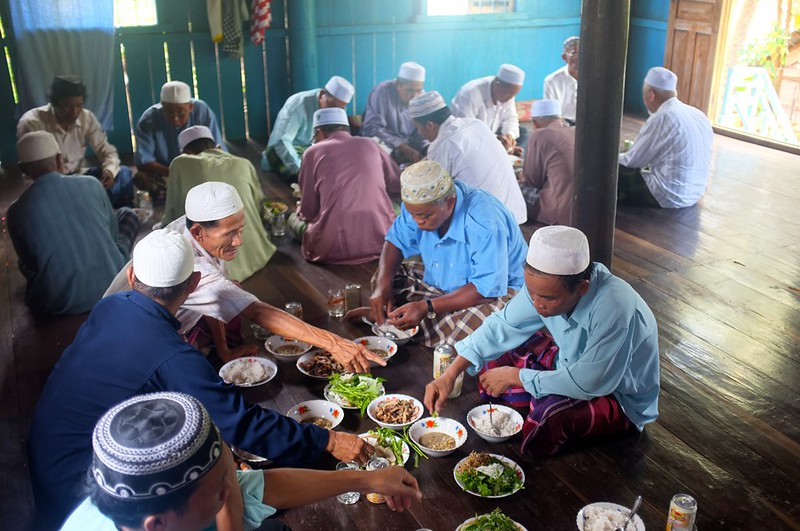
Ariffin's family can be considered one of the richest in the village. Again in this village, there are more than 600 families - the vast majority of which are Muslims.
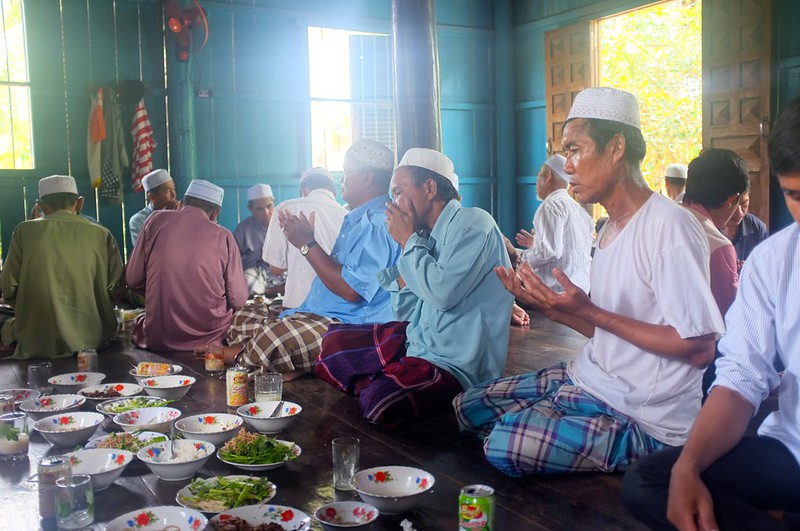
His father is the one wearing a modest white shirt. The imam of the village's mosque recited the prayer and we started to eat.
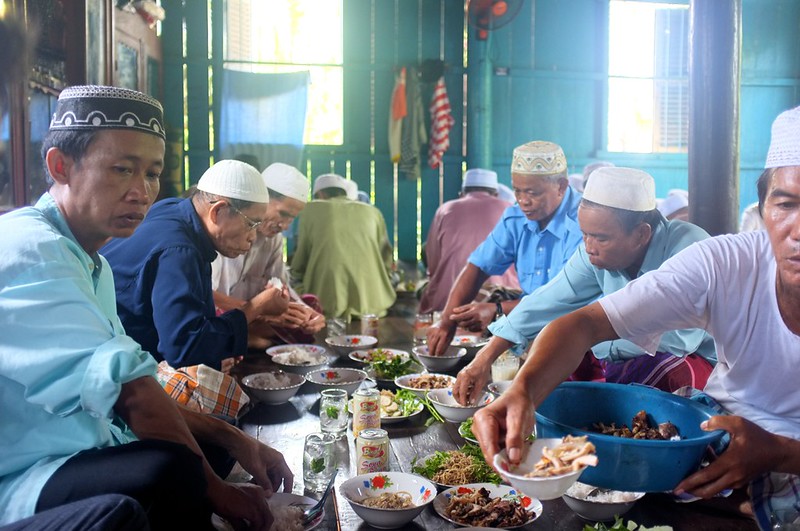
As the French would say it, bon appetit.
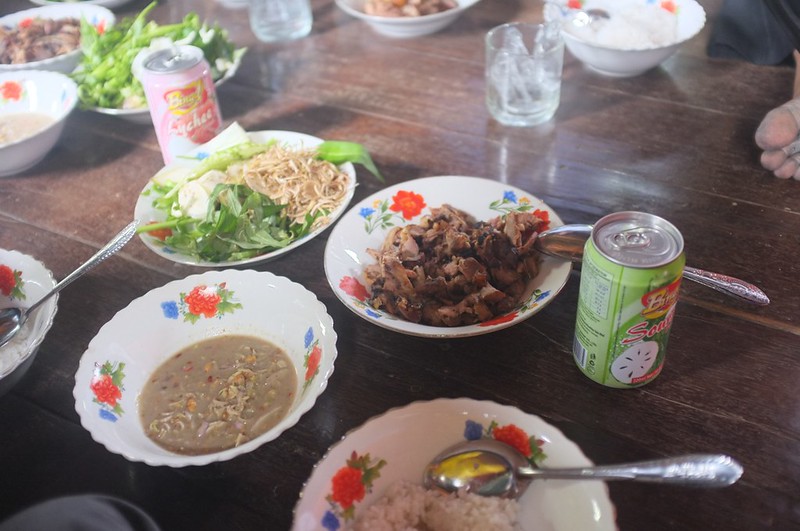
We had rice, the assortment of viands (ulam-ulaman) and of course, roasted beef. In a bowl right there is also what Ershad said is budu, but it tastes nothing like the one in Terengganu. Must be their version of it I suppose.
The beef was good, but Ershad whispered to me that there's a much better tasting one in Siem Riep.
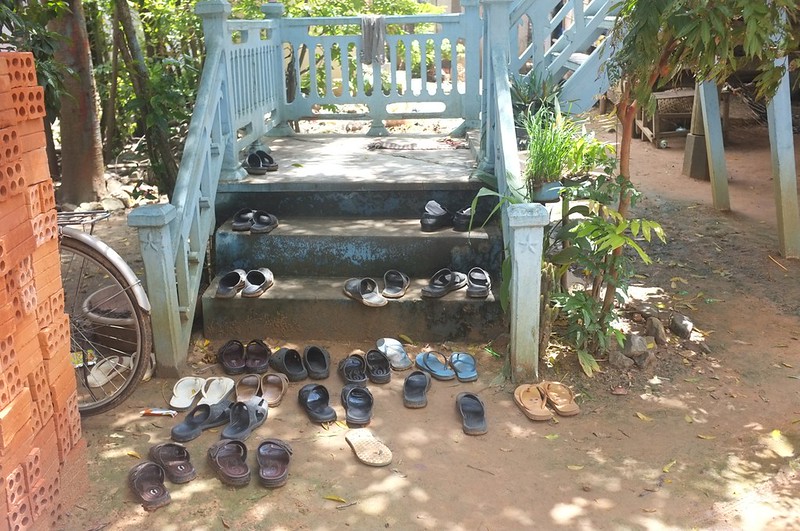
After having the nice meal we excused ourselves. I was honored to be able to experience this.
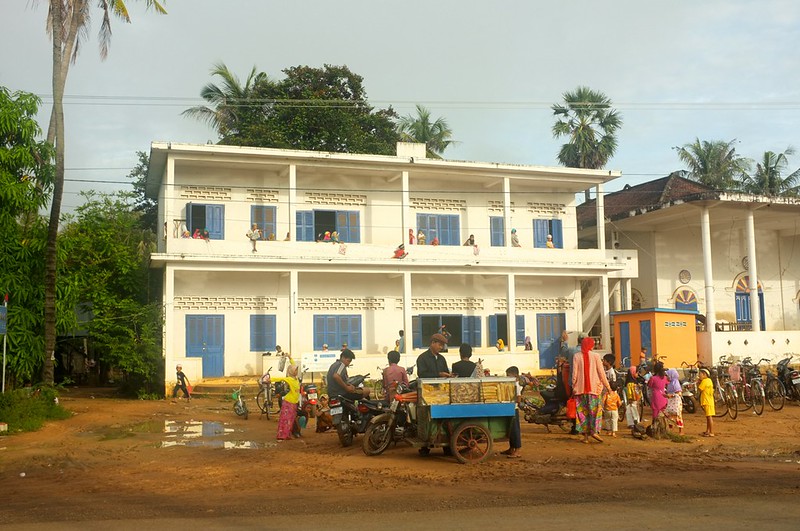
By the main road, near the food stall that we ate earlier in the morning is a 2 storey building that the villagers decided to use as an Islamic School. Next to it to the right of this picture is an old mosque. You cannot see it clearly in the picture but it is there.
Eversince the a new mosque has been built, the old mosque is closed and left unoccupied.
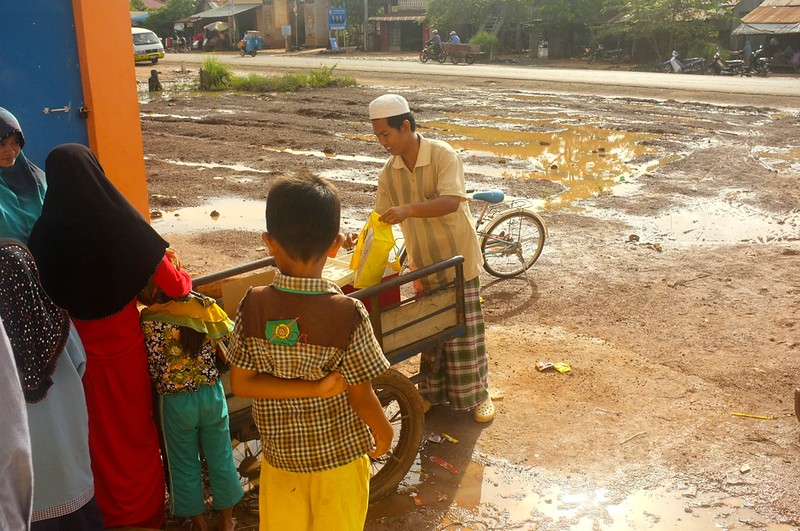
One of the teacher at the school. He's buying something but I can't remember what.
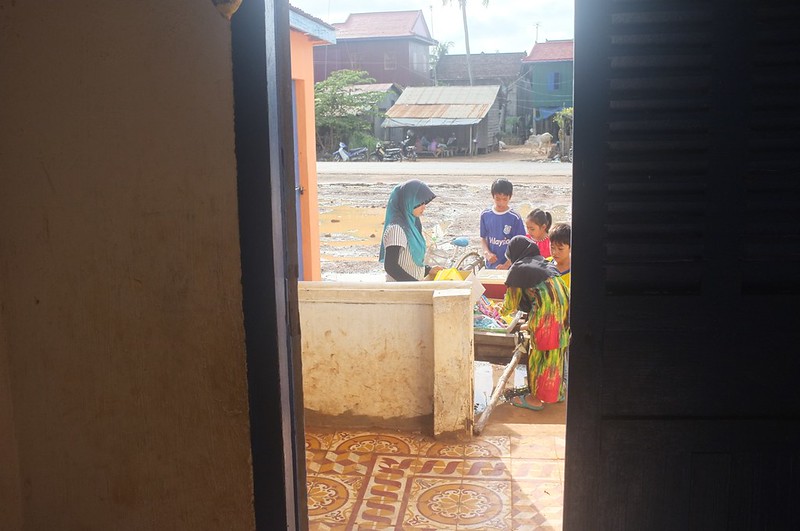
In the morning, the classes are for pre-school students. 2 classes are available for them divided by age. In the afternoon and at night, there are classes for the older students, too many that the 4 available classes are packed.

Here are the boys......
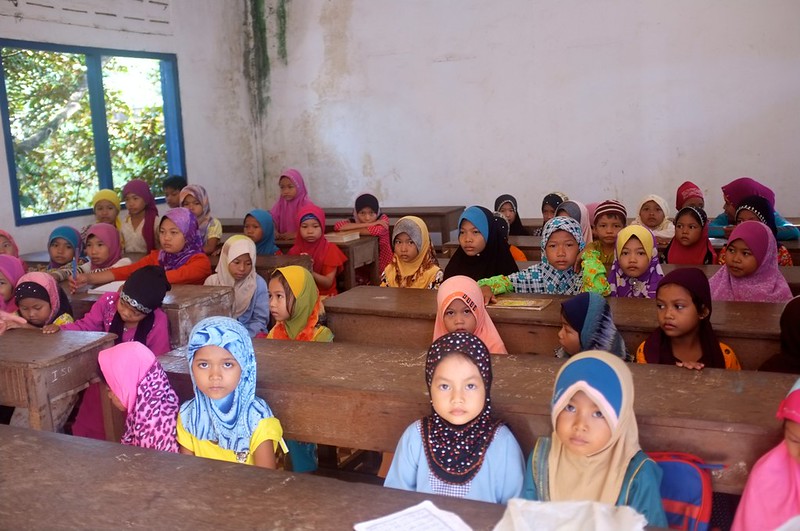
And the girls. They are learning the basics of the arabic alphabet.
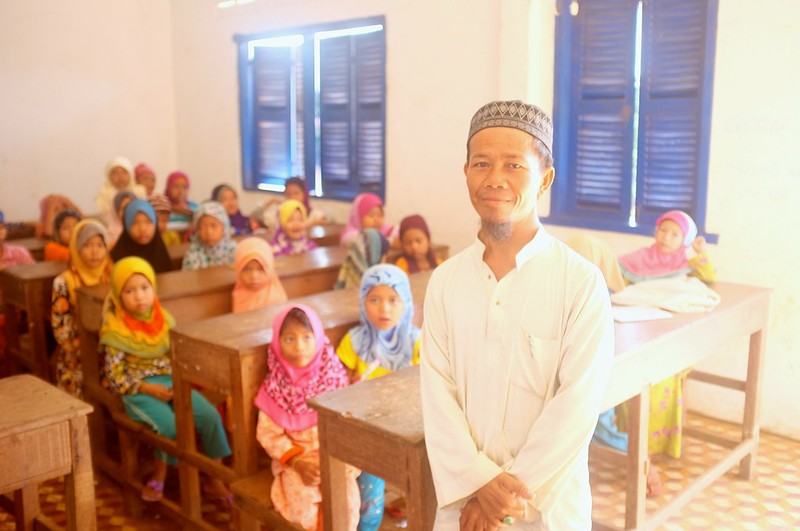
One can't help but to admire the effort of the teachers here to teach the younger generation about Islam.
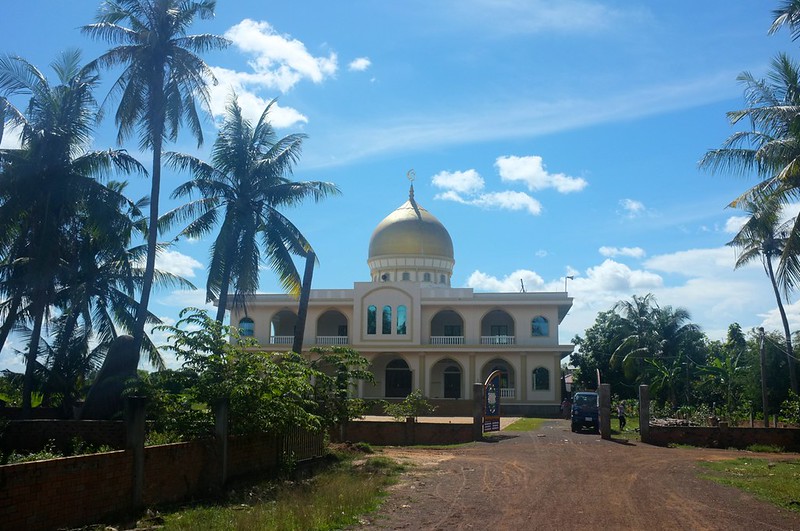
And then there's the mosque. 13 years and still a work in progress. I would say the mosque deserves an entry of its own.
CAMBODIA TRAVELOGUE.
1. Phom Penh Part 1
2. Phnom Penh Part 2
3. Tropeungchuk, Kampong Thom - 40 years back to the past.
4. The Unfinished Mosque.
5. Siem Riep & Angkor Wat.
